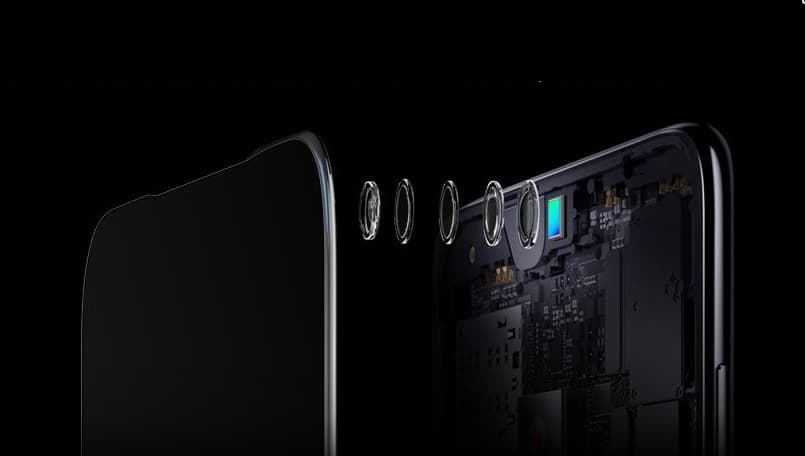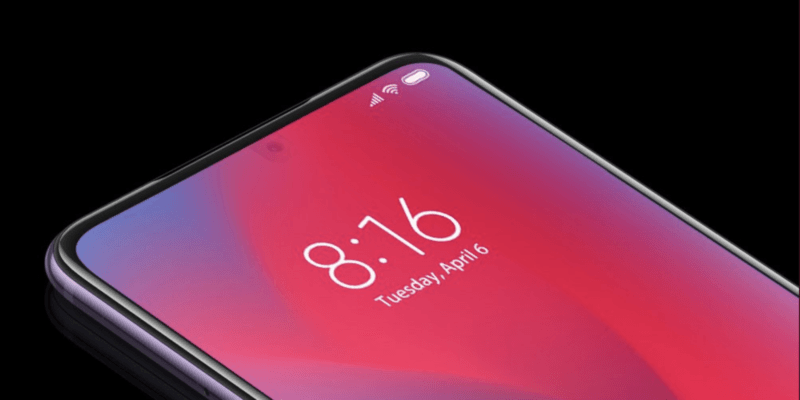Last weekend, we woke up to the news that both Xiaomi and OPPO have been working on a new display technology that will allow the front camera to be hidden under the display thus completely eliminating the need for any kind of notch or even pop-up cameras (as cool as you think those are).
Both companies, OPPO and Xiaomi, showed off their new technologies through videos posted on Twitter. From the look of things, the underlying technology looks very similar, despite Xiaomi explicitly stating that their technology is an “independent intellectual property”.
Xiaomi has now gone ahead to release more details of how their tech works, which could shine some light of what we should be expecting from other manufacturers as well. In a series of slideshows posted on Twitter the company’s senior VP, Wang Xiang, Xiaomi reveals that placing the camera module under the display has allowed them to the use a larger sensor which lets in more light thus outputting better selfies.
Xiaomi's Under-Display Camera Technology could be the ultimate solution for a Full Screen Display coexisting with a front camera! RT if you love it. #InnovationForEveryone pic.twitter.com/8e7EdEBn8J
— Wang Xiang (@XiangW_) June 3, 2019
The camera is placed at its usual position, at the top of the phone but instead of placing a bezel around it, which allows a transparent lens to be placed on the camera, Xiaomi placed a special low-reflective glass with high transmittance on top of it. This glass works both as a display and a lens to the camera.
It is low-reflective which means that light will not easily reflect off it thus affecting the image output. When the user switches to the front camera through the app, the display area where the lens is, is turned off, leaving only the transparent glass which, as we said, also doubles as a lens – this explains the black bezels we see when the camera is opened.


When the camera is off, the display retains its functionality, spreading edge-to-edge, however, the camera underneath can easily be seen but it is not distracting in any way.
What we are curious about, is whether this same technology can be used to improve the accuracy of under-the-display fingerprint scanners which are relatively slower than capacitive scanners. We also can’t wait to test out the output difference of an under-the-display camera, versus one embedded within a notch.
Lastly, will gorilla glass protection interfere with the camera? Worse off, how will screen protectors work with this display technology? Considering, phones like the Samsung Galaxy S10 require a special screen protector to ensure the fingerprint scanner works as it should.
These are just some of the questions that are yet to be answered.






Comments